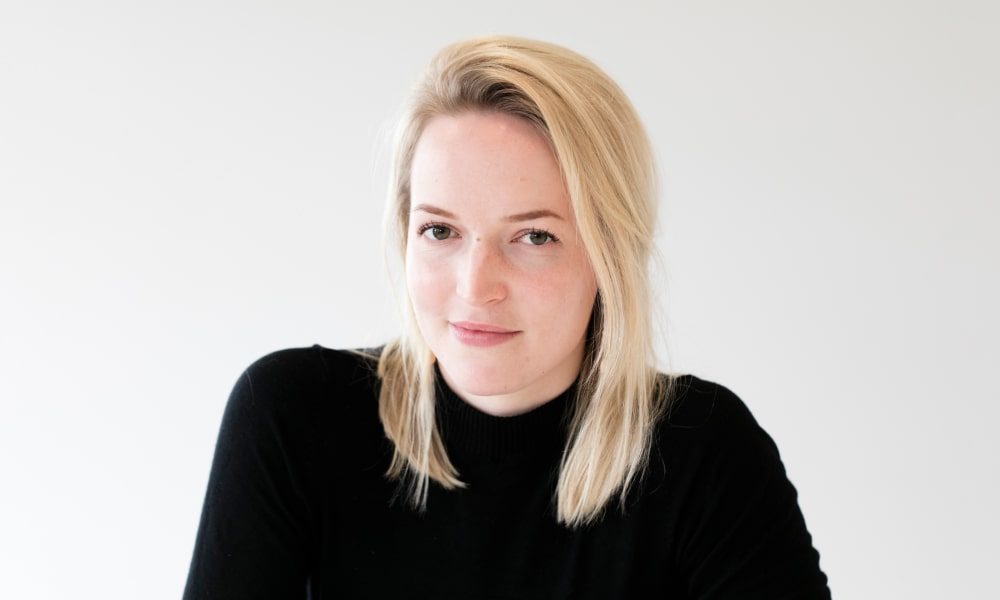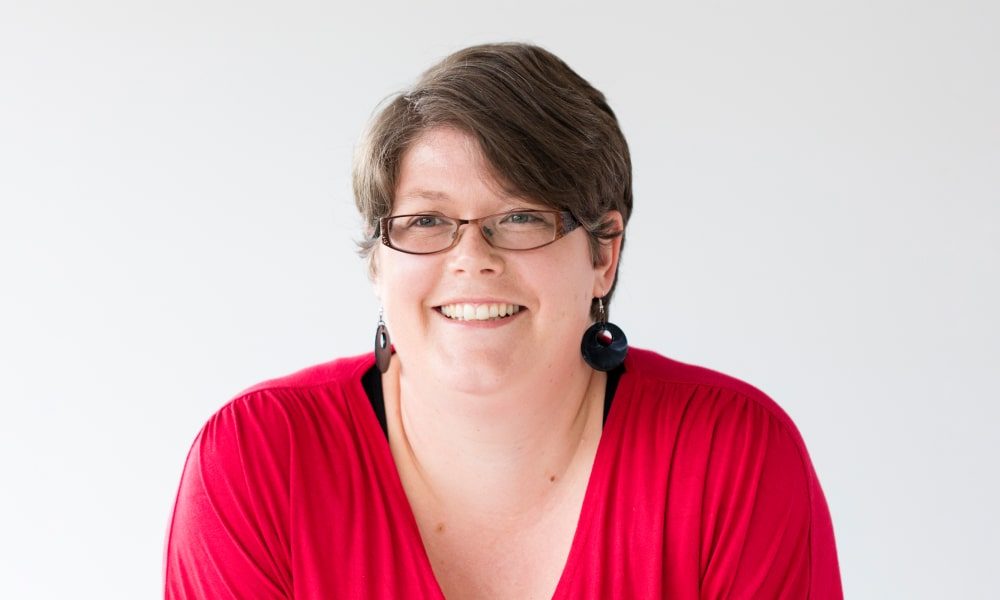Insights
Research and development – A means and an end
By Nathaniel Hobbs - Director

Being at the at the leading edge of healthcare facility design is a central component of our approach. For us, discovering new knowledge through research, or developing new ways of doing things, are ends in and of themselves.
For a consultancy firm like MJ Medical, it’s easy to understand why research and development is so important. At its core our business model is essentially providing applied technical knowledge to complex healthcare facility construction projects. Staying at the cutting edge of the knowledge-base that informs these projects, and constantly developing our tools and processes for delivering our services, is key to delivering a high-quality output to our clients and staying competitive in our marketplace. Every year we invest approximately 15% of our total revenue into our R&D programme, and from a commercial perspective the reasons are clear; the return on investment for good R&D when viewed over the long-term tends toward the exponential.
However, the R&D programme at MJ Medical is about much more than this rather myopic take. A real and sustained interest in the subject matter of our work is a characteristic of both our individual team-members and our wider team culture. The natural outcome of this is for us to want to dedicate significant time and resource to learn more about that subject, working together in innovative ways and guided by our interests and discoveries. For us then, R&D is less of a means to a commercial end, and more an end in itself. It forms a central part of our team culture, our collective identity, and our enjoyment of what we do.
The value the programme provides MJ Medical in this sense is unarguable, as demonstrated by the feedback from the team.
Rose Jago – Consultant
“When working within a fast-paced, multi-functioning team to meet deadlines across a range of projects, questioning the effectiveness and value of our day-to-day processes is often overlooked. The Huddle week allows the team to work together to raise issues, risks, ideas, innovations, praise and recognition of achievements. Having the week scheduled for three-month intervals allows sufficient time to bring fresh concepts and suggestions for improvement to the table.
Being able to research and present on a subject of our choosing, gives freedom within the team to look into areas that we may not be involved with on current projects. The presentations allow for engagement within the team, allowing colleagues to challenge concepts and interpretations in a setting that feels relaxed and supportive. Having the opportunity to review and question the processes that we follow every day has been incredibly helpful. Not only do we reconsider the purpose of our administrative actions, we also question the impact of our work output. The Huddle week provides an opportunity to pause as a team, and mentally refresh and revitalise our goals.”


Kate Bradley – Associate Director
“Our huddle weeks are about getting the whole company together to share thoughts and ideas, and are also a great opportunity for social interaction and maintaining relationships. The focus of learning and improvement, stepping away from the daily project activities and having some ‘head space’ in a collaborative atmosphere is really enjoyable and increases enthusiasm for the work we do. It’s an opportunity to ‘check out’, refocus and re-engage the following week with a new passion and ideas.
The sharing of ideas is really important….we all bring something new, something that went well and some lessons that have been learnt which are shared in a supportive and open environment. I always find these weeks really interesting and full of discussion and debate. The key things I’ve learnt this week:
- There is an app which can detect skin cancers
- Hugo is a great name for an interesting new surgical robot
- Reviewing all elements of our data systems is a great way to ensure consistency of input and thought across the team
- Communication is key (particularly in relation to finance) but also across all of what we do
- Hybrid CT angio is a new system for IR cancer treatments
- Our research and development programme is amazing and involves so many of the team, who are really excited to be working on or providing input into these research projects
- Agenda planning is an artform I’ve lost!
- Donuts are great, but possibly not 4 days in a row….”
Nathaniel Hobbs – Director
“The implementation of our R&D strategy and programme is focused around quarterly ‘huddles’, where all of our team come together over five days to update, review and critique the R&D work undertaken over the previous period, pitch new ideas for R&D projects, plan for the next period, and also eat, drink and be merry. At any one time we run between 10 to 20 R&D projects, with every member of our team involved in at least one project. They include a diverse range of topics, from how to improve patient experience and clinical outcomes through better patient furniture, to using digital technology to improve systemic care models and rationalise estate requirements. The outputs are varied, from published papers that inform our wider industry conversation, to new tools and processes or internal reference knowledge and data that help us deliver our services more effectively.
As well as sharing our research outputs with our industry colleagues through learning organisations we are involved with such as Healthcare Design Leadership and Healthcare Planning Academy, we are currently exploring other avenues such as a quarterly newsletter and an open-source library. In addition, we regularly present our work at key industry conferences, like the European Healthcare Design Conference.”
